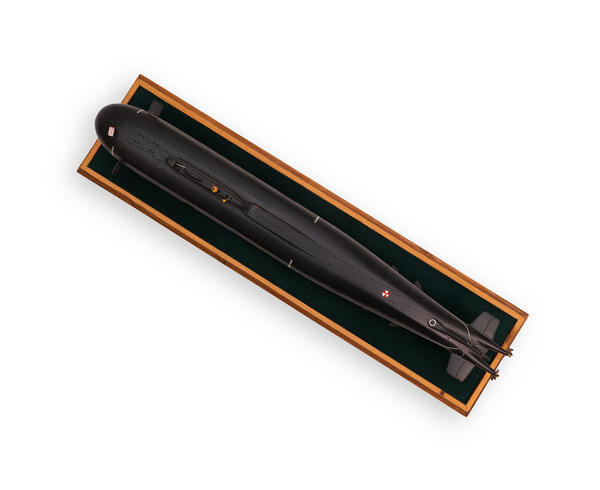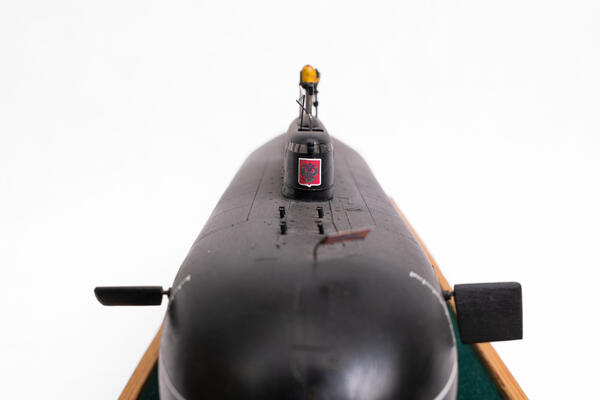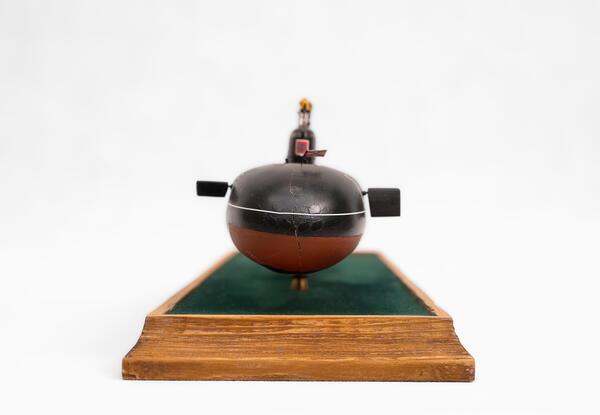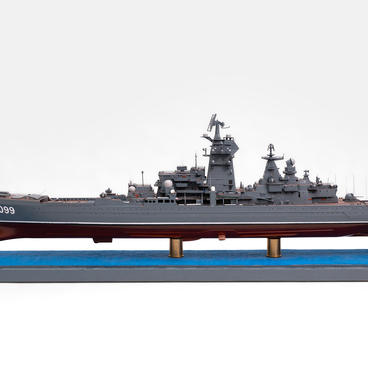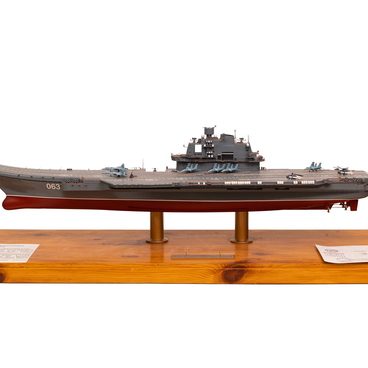The “Kursk” nuclear-powered cruise-missile submarine was built as part of Project 949A “Antey”. This series included Soviet and Russian third-generation nuclear-powered submarines armed with 3M45 (P-700) cruise missiles. Igor Baranov served as chief designer. Baranov was the chief designer of 16 Soviet and Russian submarines constructed at the Central Design Bureau for Marine Engineering “Rubin”.
The submarine was laid down in Severodvinsk in 1990, and in 1993 she was named “Kursk” in honor of the feat of the Soviet people in the Battle of Kursk during the Great Patriotic War. In August-October 1999, the Kursk submarine was deployed to the Atlantic Ocean and the Mediterranean Sea, and prior to that she performed excellently at missile firing tests for the prize of the commander-in-chief of the Russian Navy. In the same year, the crew also took part in the naval parade dedicated to the Navy Day in Severomorsk.
The Kursk sank on August 12, 2000 in the Barents Sea. All 118 personnel on board were killed. This tragedy became the deadliest disaster in the post-Second World War history of the Soviet and Russian submarine fleets.
According to the official report, the explosion was caused by a leak of the torpedo’s fuel components, and the subsequent chemical reactions led to the ignition of kerosene vapors, which in turn caused the torpedo’s warhead to detonate.
According to Igor Kurdin, chairman of the St. Petersburg Submariners’ and Naval Veterans’ Club, the exploded torpedo was made as part of a series of ten units designated as defective. Their welds were faulty, and the torpedoes were recalled to the factory to be fixed. The order stated to “recall the combat torpedoes, ” but one of them was listed as a “training” one and therefore was not returned to the factory. Later, this torpedo ended up on the Kursk submarine.
Russia declared August 23, 2000 a day of national
mourning. In 2009, a fragment of the Kursk submarine cabin was installed in
Murmansk on the observation deck at the Church of the Savior on Waters, and
soon the monument was unveiled, which became part of the memorial to “Sailors
who Died in Peacetime.”

